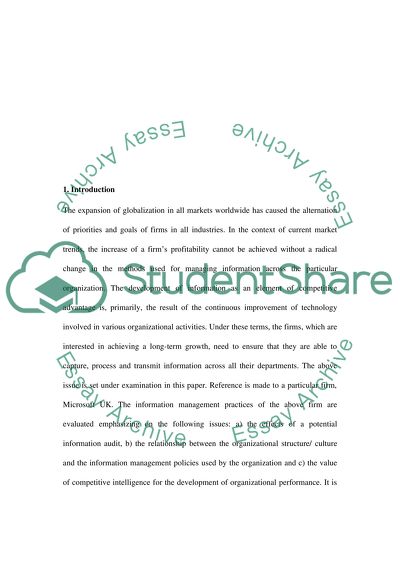Cite this document
(“IT Systems Strategy Of A Company Research Paper”, n.d.)
Retrieved from https://studentshare.org/family-consumer-science/1404863-it-systems-strategy-of-a-company
Retrieved from https://studentshare.org/family-consumer-science/1404863-it-systems-strategy-of-a-company
(IT Systems Strategy Of A Company Research Paper)
https://studentshare.org/family-consumer-science/1404863-it-systems-strategy-of-a-company.
https://studentshare.org/family-consumer-science/1404863-it-systems-strategy-of-a-company.
“IT Systems Strategy Of A Company Research Paper”, n.d. https://studentshare.org/family-consumer-science/1404863-it-systems-strategy-of-a-company.


